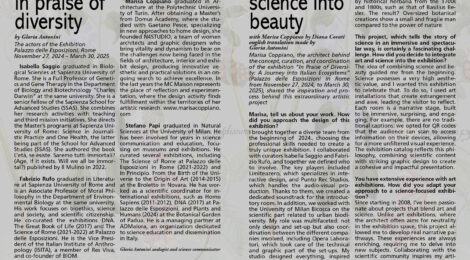
Science into beauty
with Marisa Coppiano by Diana Corati
English translation made by Gloria Antonini
Marisa Coppiano, the architect behind the concept, curation, and coordination of the exhibition “In Praise of Diversity: A Journey into Italian Ecosystems” (Palazzo delle Esposizioni in Rome from November 27, 2024, to March 30, 2025), shared the inspiration and process behind this extraordinary artistic project
Marisa, tell us about your work. How did you approach the design of this exhibition?
I brought together a diverse team from the beginning of 2024., choosing the professional skills needed to create a truly unique exhibition. I collaborated with curators Isabella Saggio and Fabrizio Rufo, and together we defined who to involve. The key players included Limiteazero, which specializes in interactive design, and Punto Rec Studios, which handles the audio-visual production. Thanks to them, we created a dedicated soundtrack for the introductory room. In addition, we worked with the University of Milan Bicocca on the scientific part related to urban biodiversity. My role was multifaceted: not only design and set-up but also coordination between the different companies involved, including Opera Laboratori, which took care of the technical and graphic part of the set-ups. My studio designed everything, inspired by historical herbaria from the 1700s and 1800s, such as that of Basilius Besler. The result? Oversized botanical creations show a small and fragile man compared to the power of nature.
This project, which tells the story of science in an immersive and spectacular way, is certainly a fascinating challenge. How did you decide to integrate art and science into the exhibition?
The idea of combining science and beauty guided me from the beginning. Science possesses a very high aesthetic value, and I wanted this exhibition to celebrate that. To do so, I used art installations that create estrangement and awe, leading the visitor to reflect. Each room is a narrative stage, built to be immersive, surprising, and engaging. For example, there are no traditional captions: we opted for QR codes that the audience can scan to access information on their devices, allowing for a more unfiltered visual experience. The exhibition catalog reflects this philosophy, combining scientific content with striking graphic design to create a cohesive and impactful presentation.
You have extensive experience with art exhibitions. How did you adapt your approach to a science-focused exhibition?
Since starting in 2008, I’ve been passionate about projects that blend art and science. Unlike art exhibitions, where the architect often aims for neutrality in the exhibition space, this project allowed me to develop real narrative pathways. These experiences are always enriching, requiring me to delve into new subjects. Collaborating with the scientific community inspires my artistic work and sparks ideas for future projects.
A personal question: what does diversity mean to you?
Diversity is a deep value. It enriches families—whether they consist of people of the same gender or even include animals. It defines nature itself. We should learn to accept and celebrate differences, not resist them. The exhibition’s title is a tribute to the natural world and its ability to embrace all forms of life.
Which is your favourite room for the exhibition?
The room dedicated to terrestrial biodiversity is my favourite. It’s the one closest to my artistic vision and was the first space I conceptualized. I find the taxidermy displays—encased in large, transparent spheres like oversized snow globes—both dreamlike and poetic. This room aims to astonish visitors while encouraging them to reflect on humanity’s fragile role within nature.
Marisa Coppiano, architect
Diana Corati director, photographer and teacher at the Master’s Degree Science in Journalistic Practice, Sapienza University of Rome


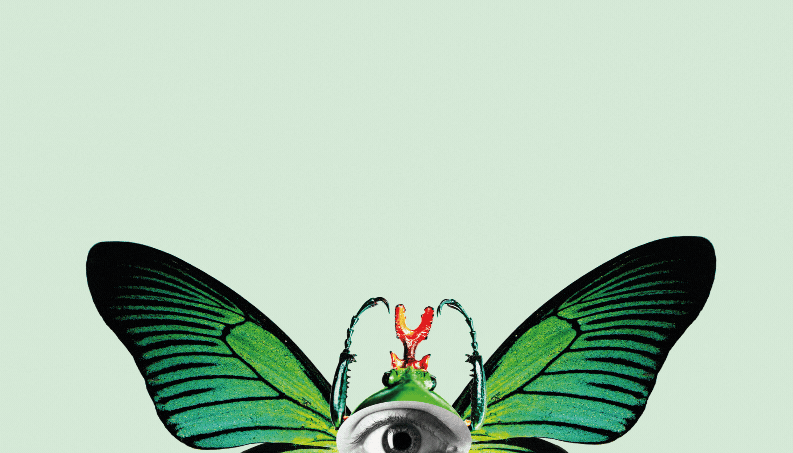

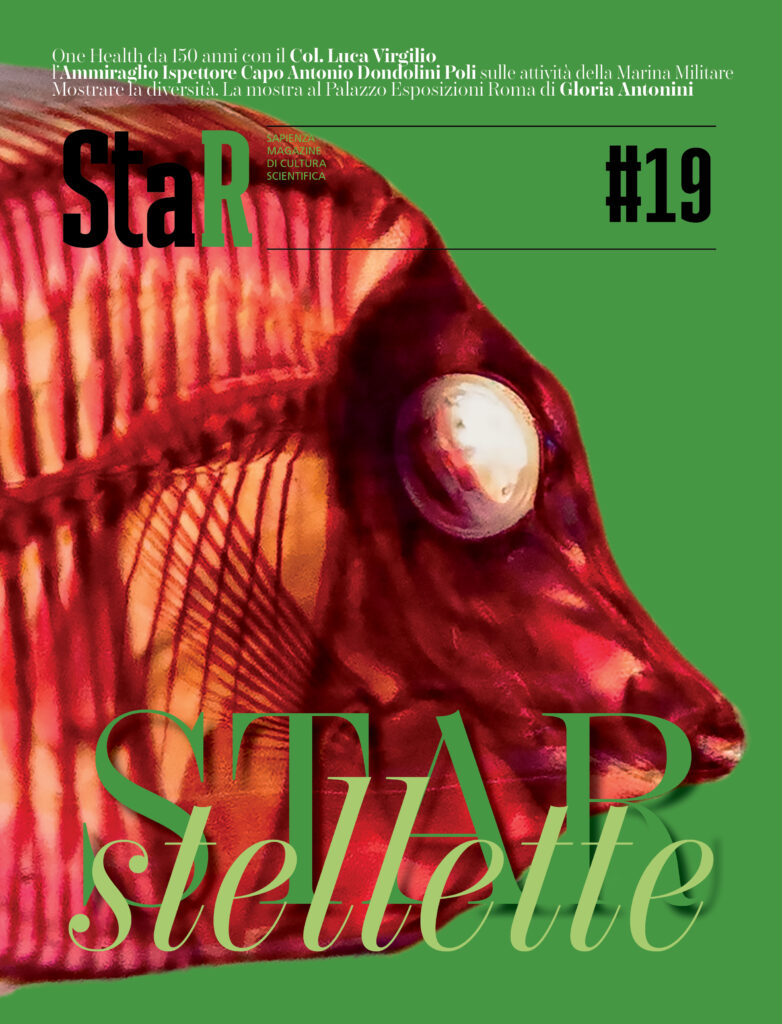





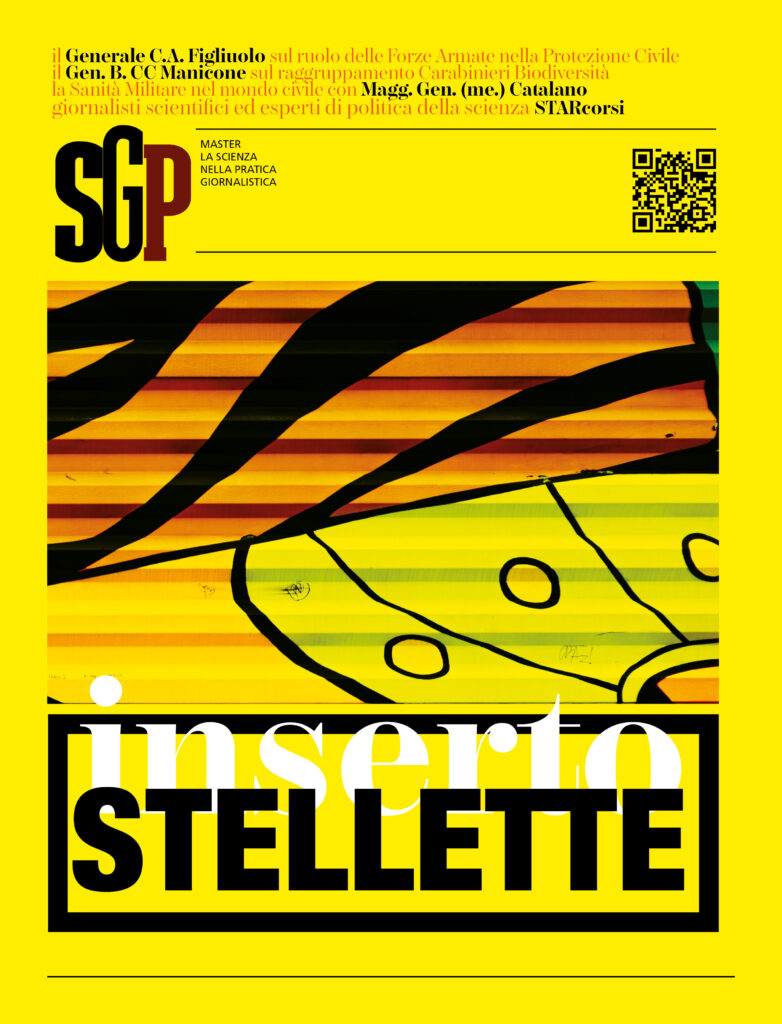

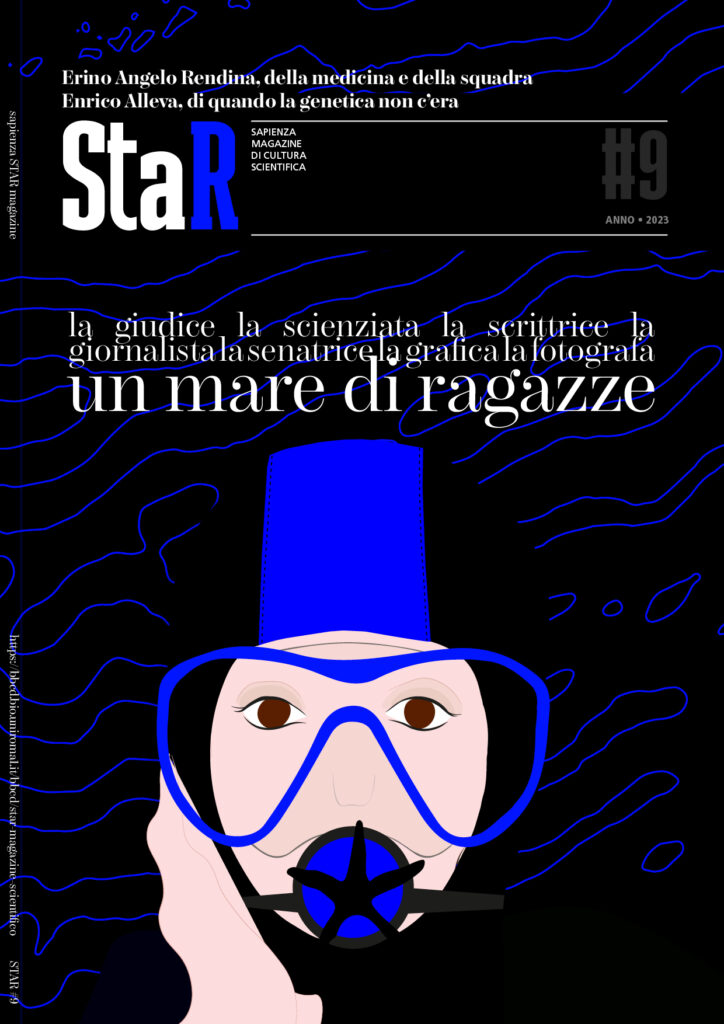
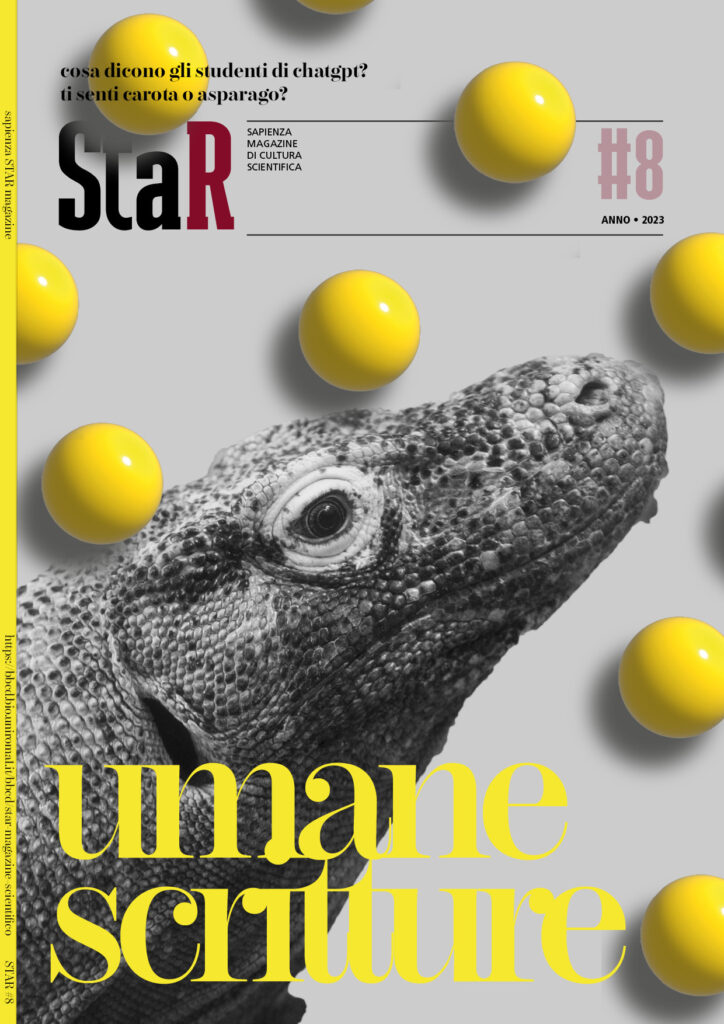
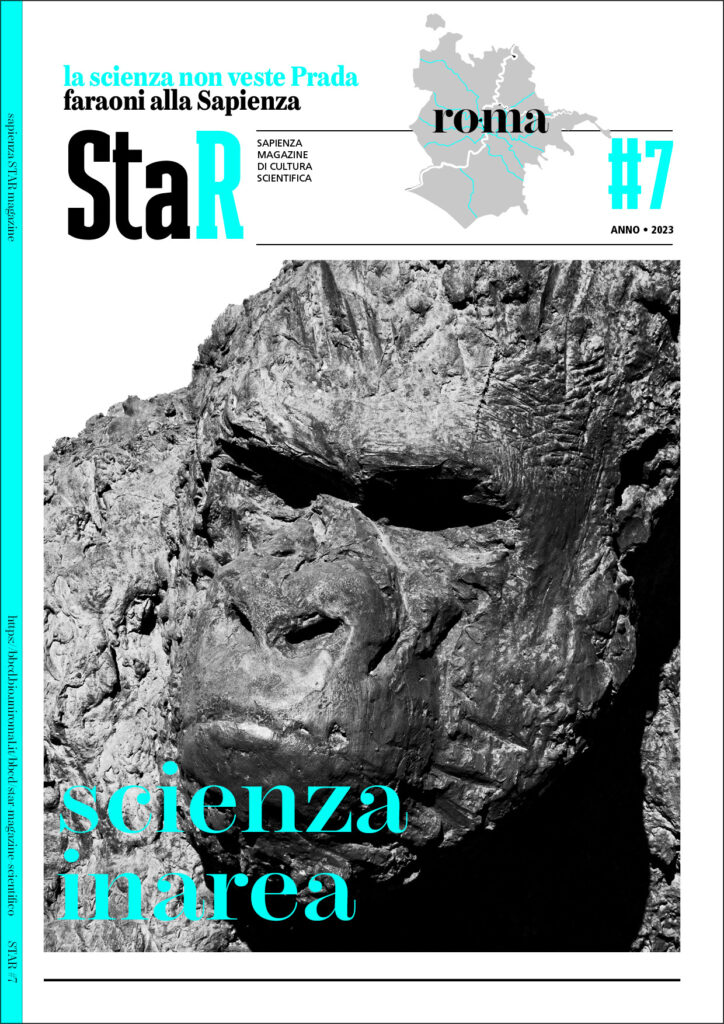

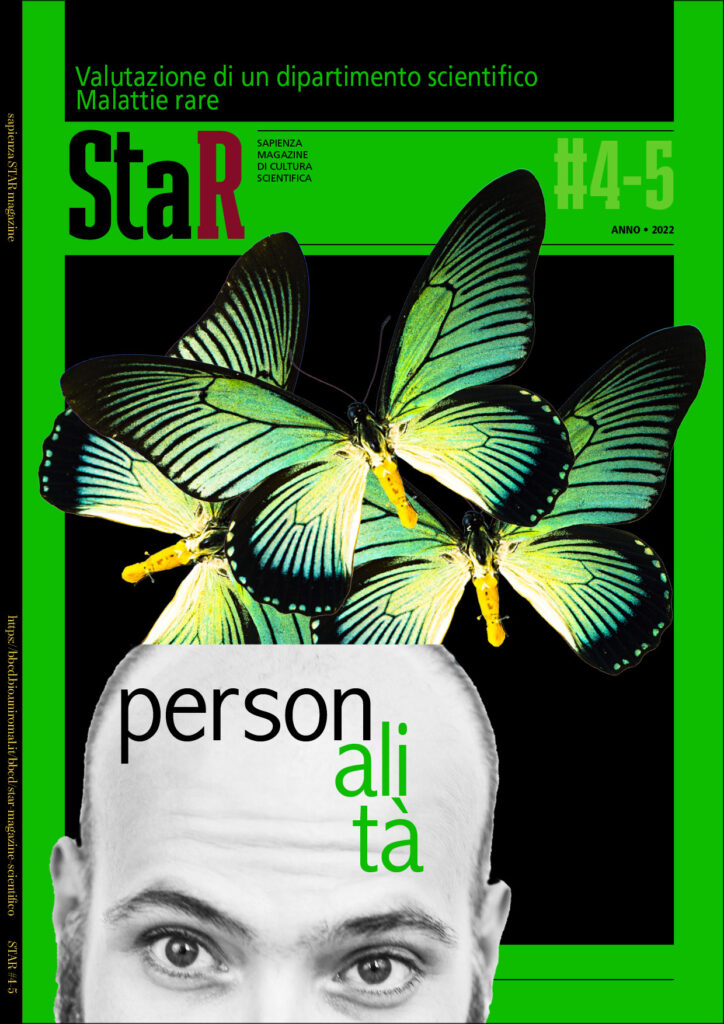

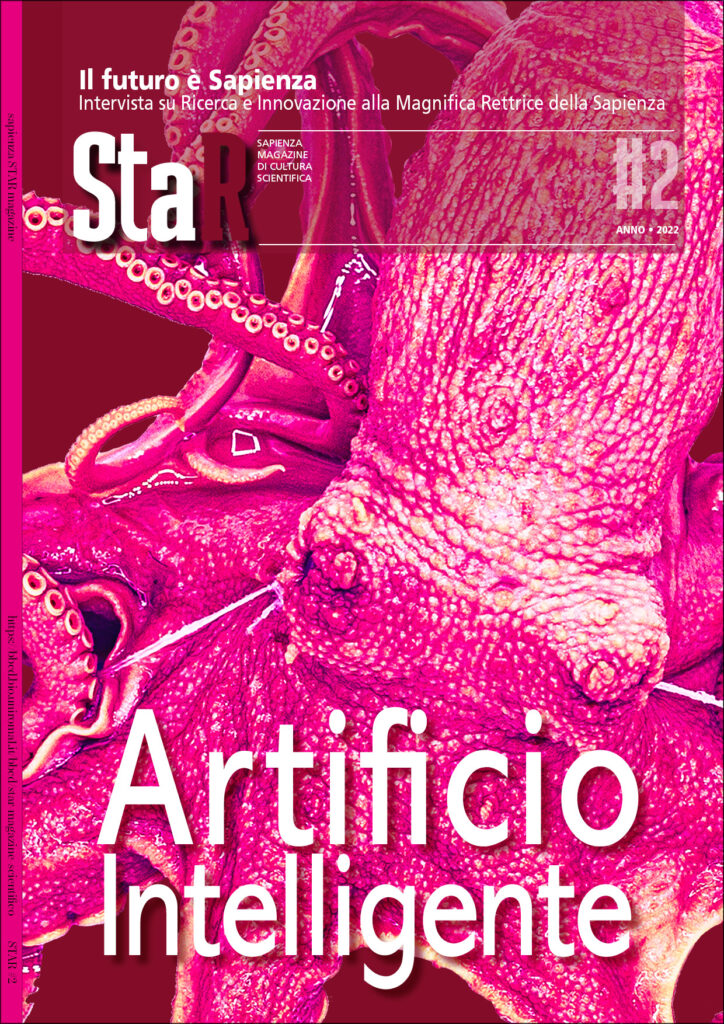

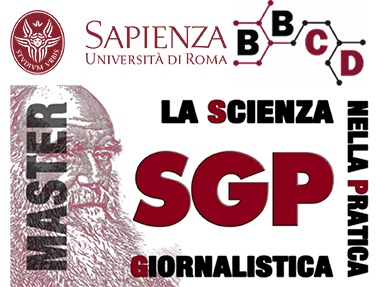
Commenti recenti